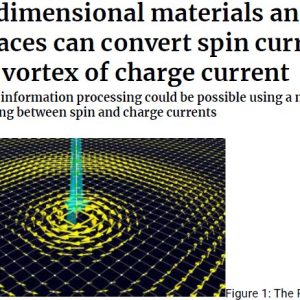
On the Role of Zirconium Hydrides and Hydride Rim Features in Causing Low Strain Ruptures in Stress Relieved Zirconium Alloy Cladding Tubes in Pulse Reactor Tests
₩4,000
Stress relieved zirconium alloys are the most widely used material to construct light water
reactor fuel cladding tubes. Circumferential zirconium hydride features form in the metal matrix
because of waterside corrosion, and at high exposures thick, ‘rim’ like features form on the cladding
outer surface. During transient reactor pulse tests on high exposure fuel rods, they are prone to
rupture at low cladding strain via a mechanism that is independent of the boiling crisis that had been
previously thought to be required to cause cladding failures in overpower transients. These low strain
ruptures are currently the most limiting failure mode for light water reactor fuel in dictating plant
safety limits in reactivity-initiated accidents. The objective of this dissertation work is to better
quantify the role of circumferential hydrides and hydride rim structures in causing these low strain
ruptures. A careful review of the publicly available transient reactor pulse test database showed that
the prevalence of these kinds of low strain failures is certainly related to the concentration and
distribution of circumferential hydrides in the metal matrix. In pulse tests with the cladding
temperature initially at room temperature, low strain cladding failures begin at relatively low cladding
hydrogen concentrations of 132 ppm. While the database with initial cladding temperatures in the 250
°C – 280 °C range is significantly more limited, the data points that do exist suggest that this
hydrogen threshold increases to at least 400 ppm and is more than likely above 500 ppm.





상품평
아직 상품평이 없습니다.